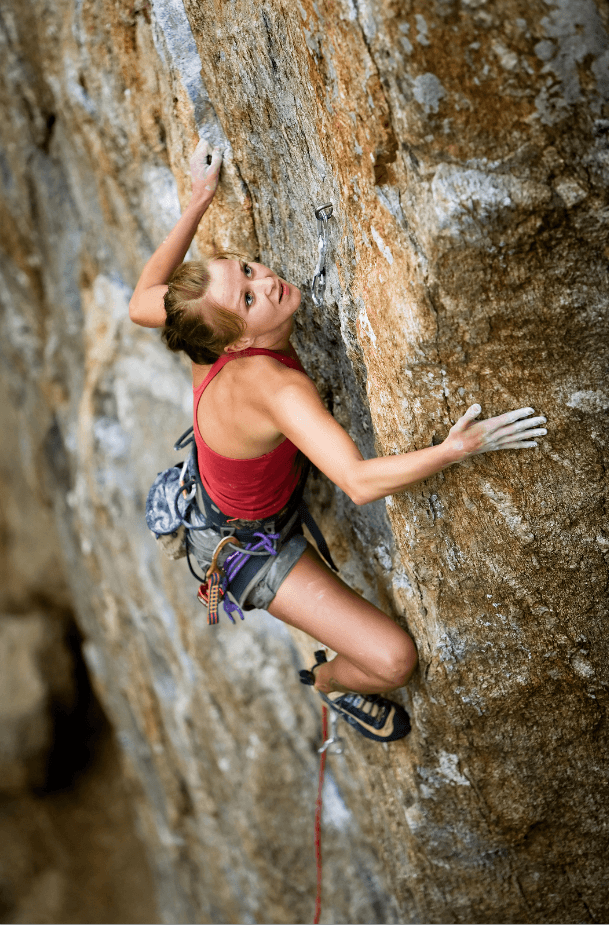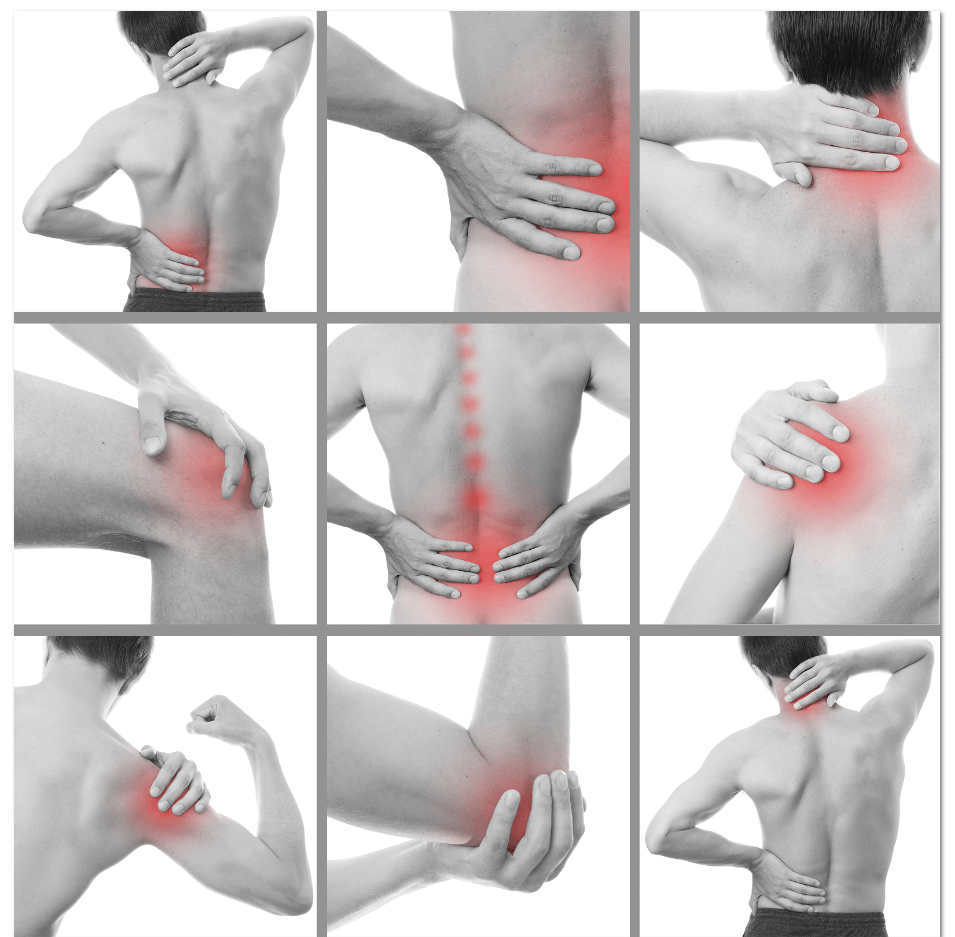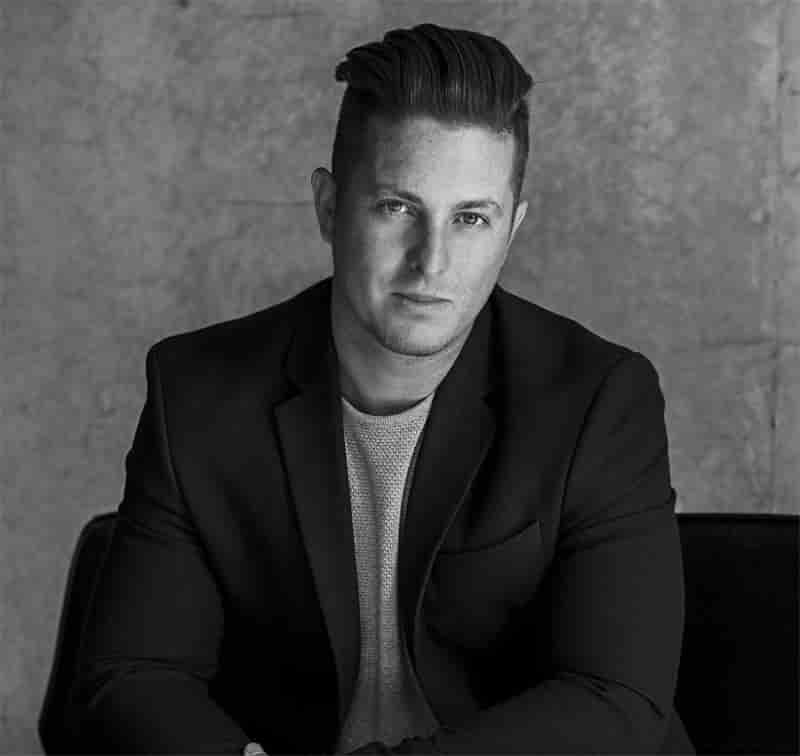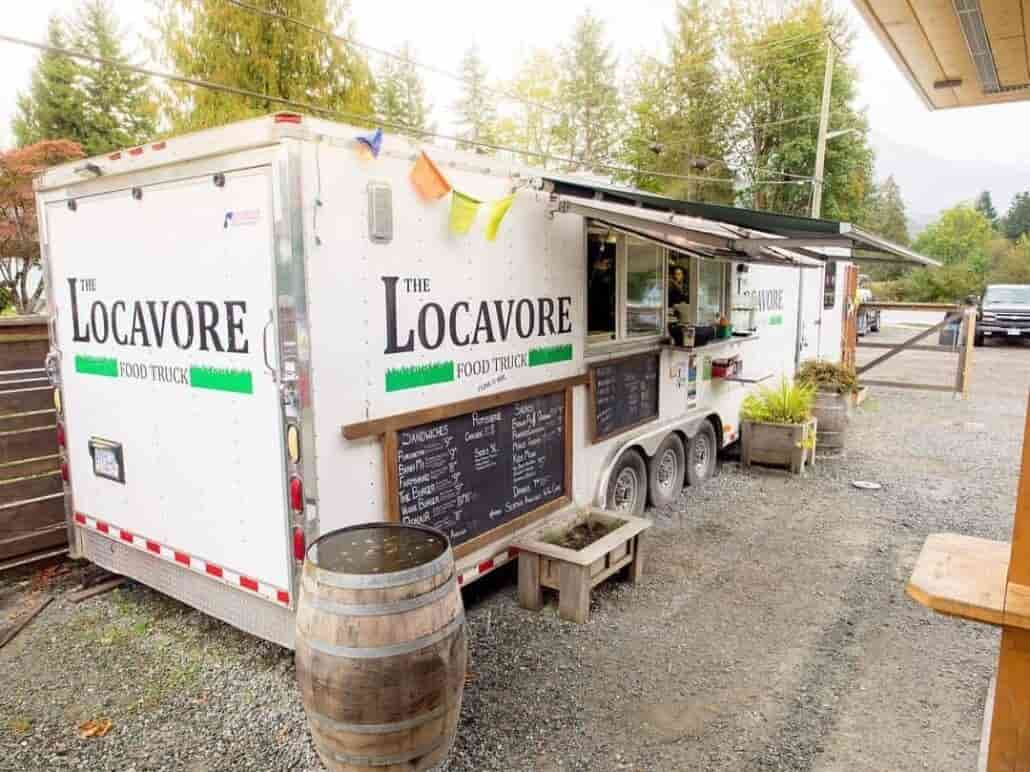Rock climbing, as far as I’m concerned, is a pivotal part of the Squamish allure. It’s what pulled me over here many years ago. With endless routes to choose from, why not spend most of your free time out at the crag? One reason, and sadly a common reason, is due to injury.
Any climber, beginner or advanced, knows of the strain climbing puts on our joints. It’s just a part of what you need to work through to finish. But there’s a threshold. Either due to repetitive use or to one specific awkward movement or slip, tendons or ligaments can tear and you’re off the rock for too long.

The difference between a ligament or tendon tear versus a muscle tear in terms of recovery time is massive and the reason for it has everything to do with blood supply. Muscles have great circulation, tendons have considerably less and ligaments even less. The blood supplies nutrients, oxygen and compounds known as ‘growth factors’ to the damaged tissue that are essential in maintaining the healing process.
Most avid climbers can attest to strains, which after several months or even years, don’t heal to that original state. Some degree of joint instability, weakness, pain or muscle spasm remains. The main reason for this is that (at a microscopic level) normal healthy ligament/tendon tissue is neatly arranged in an organized, parallel fashion to allow for maximal strength and stability. Torn ligaments have fibrotic, disorganized collagen strands, which essentially means that there’s a mismatch of intertwined fibers. In this situation, tensile strength is diminished and joint stability is lost. A study found that a ligament stretched beyond 4% of its original length will lose stretch elasticity and permanent laxity follows.

The role of ligaments is to hold bones tightly together so that the joint only moves as it is designed to but with ligament laxity, joints develop ‘wiggle-room’. At this stage, continued micro-tearing will occur and the risk for future damage is much greater. In response, the body initiates two key mechanisms to minimize future injury.
First, an inflammatory reaction occurs, inducing pain and swelling, which serves to accelerate healing and encourage minimal joint use. Continued strain triggers a chronic, low-level inflammatory state where pain lingers but healing halts. Secondly, the surrounding muscles will spasm to aid in stabilizing the joint. In the longer term, what is often perceived as chronic muscle tension (characterized by only temporarily relief with massage or chiropractic work) often suggests a deeper ligament problem.
The common sequence with climbing injuries is repetitive joint strain in form of ligament/tendon stretching causing micro-tearing. Tearing leads to laxity, pain and eventually chronic muscle spasm. Because blood supply is poor, healing is painfully slow and rarely complete, leaving too many Squamish climbers with chronic joint pain.
In my clinical practice, I wasn’t getting satisfactory results when treating climbing injuries because the ligaments weren’t treated directly. Adding Prolotherapy, Platelet-Rich Plasma (PRP) and directly ozone injections (prolozone) to my practice has been a game changer for pain reduction, joint stabilization and improved recovery time. Each of these therapies involves direct injections to the site where ligament (or tendon) attaches to bone.
The concept behind each of these therapies is the same: isolate the site of ligament tear, inject a compound that will evoke an inflammatory reaction to kick-start the healing process and let the body do the rest. Collectively called “Regenerative Injection Therapies”, these therapies promote cellular proliferation of damaged ligament and stabilize the joint, allow for a complete heal.
To learn more about these therapies, visit www.SalMeliND.com or call Euphoria Natural Health at 604 567 2666 to book a free 15min consultation to discuss your injury and what you can expect from these treatment options.
Dr. Sal Meli
Naturopathic Doctor
Euphoria Natural Health








Leave a Reply
Want to join the discussion?Feel free to contribute!